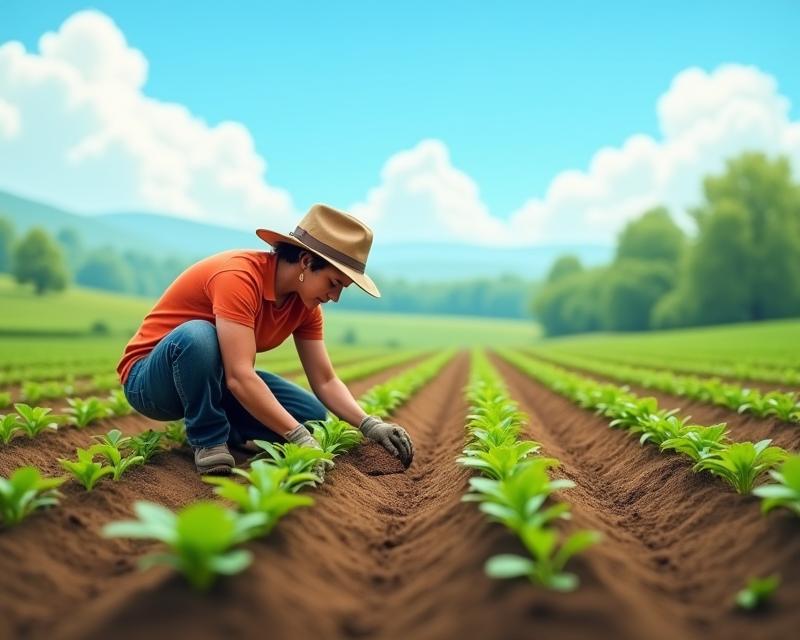Planting Times: When to Sow Your Crops
Publish in Crops el 28/06/2025 22:21
Planting Times: When to Sow Your Crops
Knowing the optimal planting time for your crops is crucial for a successful harvest. Getting the timing right can significantly impact yield, plant health, and resistance to pests and diseases. Different crops thrive in different temperatures and conditions, so understanding their specific needs is key to maximizing your gardening or farming efforts. This guide will provide a general overview of planting times, but always consult your local agricultural extension office for the most accurate information for your region.

Cool-Season Crops (Fall/Early Spring)
Cool-season crops, like lettuce, spinach, kale, peas, and radishes, prefer cooler temperatures. They can be planted in early spring as soon as the soil can be worked, or in late summer/early fall for a fall harvest. These crops are more tolerant of frost and can often withstand light freezes. Planting in fall allows for a spring harvest before the heat of summer arrives. They generally do well in soil temperatures between 45-70°F (7-21°C).
Warm-Season Crops (Late Spring/Summer)
Warm-season crops, such as tomatoes, peppers, cucumbers, beans, and corn, require warmer temperatures to thrive. Wait until after the last expected frost in spring to plant these crops. They need consistently warm soil and air temperatures, typically above 60°F (15°C). Many warm-season crops are sensitive to frost and will be damaged or killed by freezing temperatures. Succession planting – planting crops every few weeks – can extend your harvest season.
Root Vegetables: A Timing Nuance
Root vegetables like carrots, beets, and turnips have slightly different planting requirements. Carrots and beets prefer loose, well-drained soil and can be planted in early spring or late summer. Turnips are adaptable and can be planted in spring, summer, or fall. Pay attention to soil temperature, as cool soil can inhibit germination. Proper soil preparation is vital for good root development. Ensure the soil is free of rocks and debris to allow roots to grow freely.
Regional Considerations
Remember that planting times vary significantly depending on your geographic location. Factors like average frost dates, growing season length, and microclimates all play a role. Consult your local agricultural extension office or experienced farmers in your area for specific recommendations. They can provide valuable insights into the best planting times for your region and help you avoid common pitfalls. Using a planting calendar specific to your area is also a great resource.





